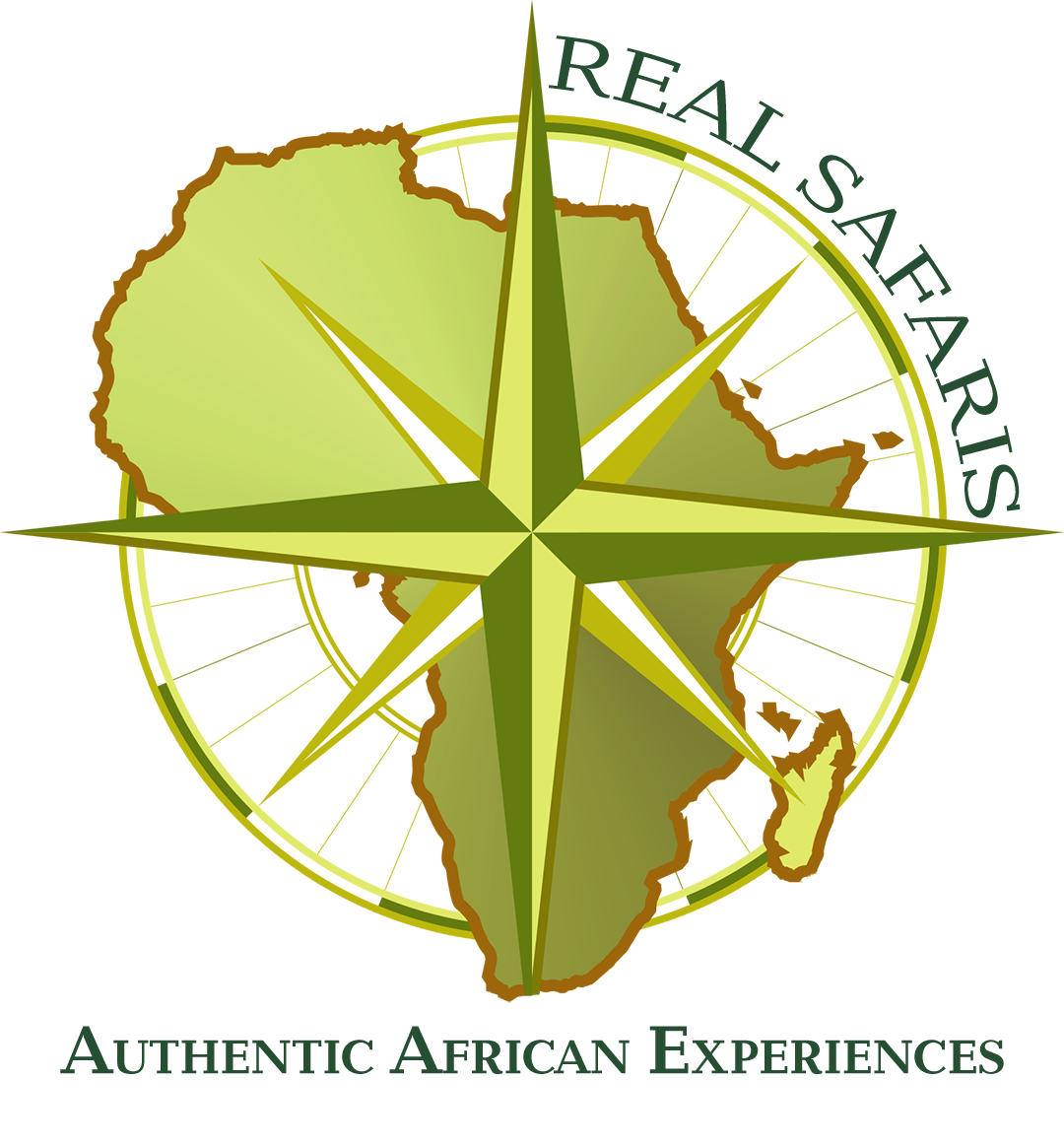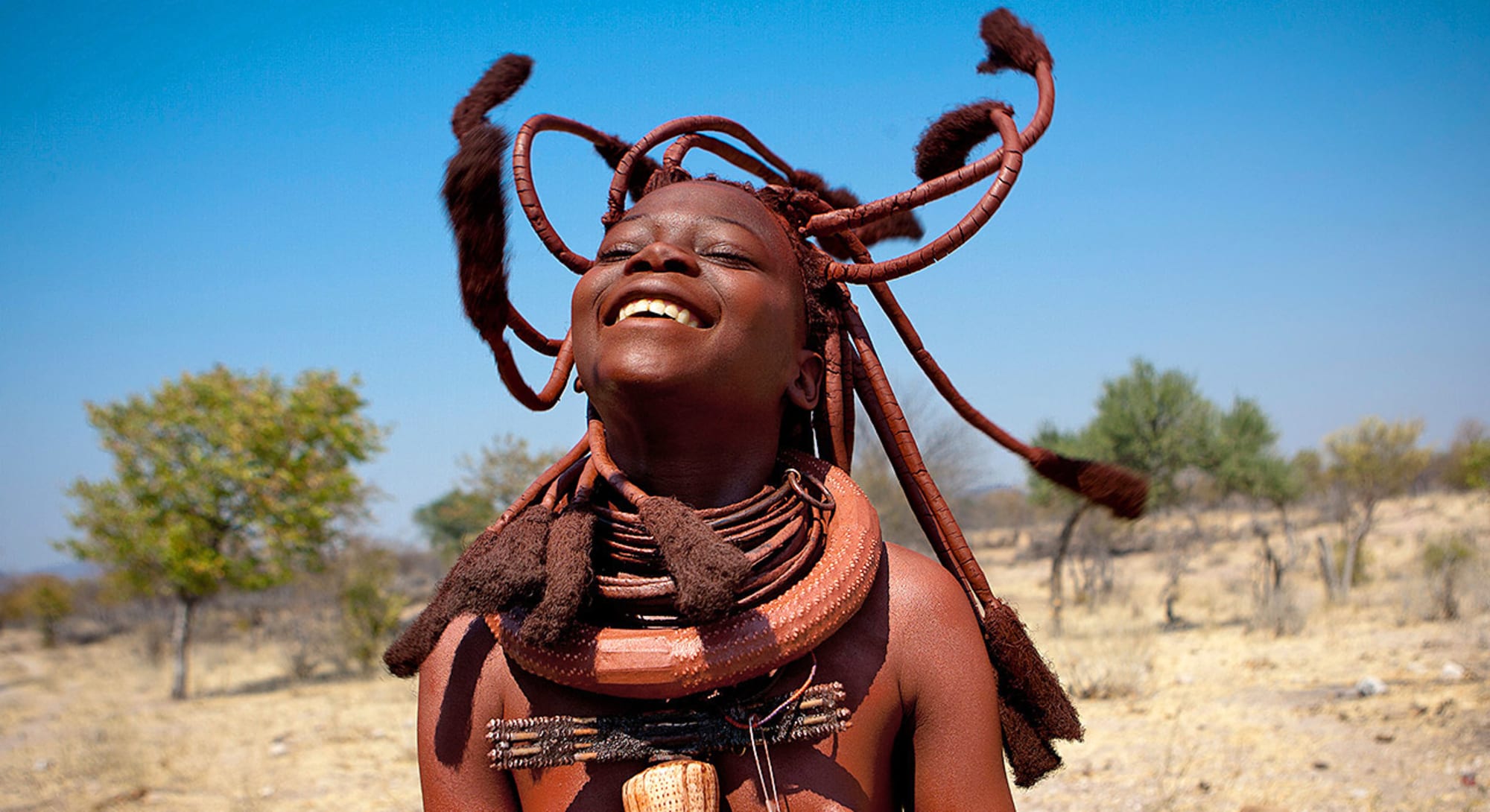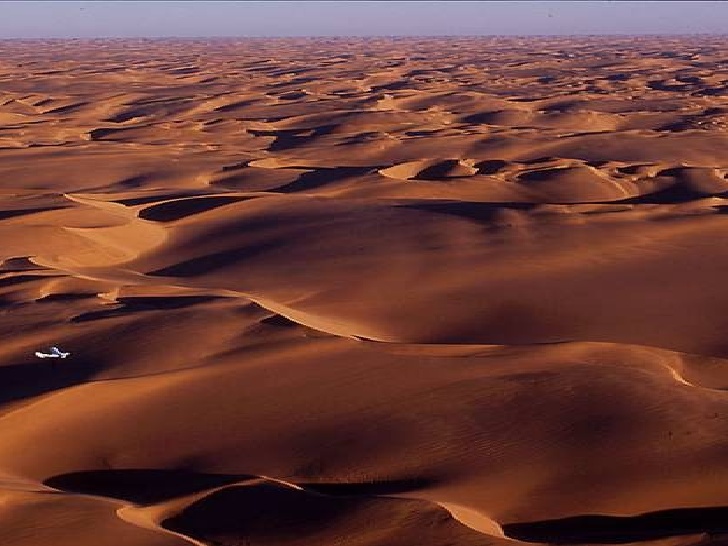NAMIBIA
Namibia is an ideal destination for travellers seeking an unforgettable African experience in a uniquely beautiful untamed wilderness. Touring Namibia is truly a pleasure. Visit the capital of Windhoek and the lovely coastal town of Swakopmund to discover remnants of the country’s German influence, reflected in the architecture, culture, cuisine and the annual Oktoberfest celebrations.
NAMIBIA
If you want to get off the beaten track and into rugged wilderness for a romantic holiday, you can’t get much better than Namibia. While Namibia’s harsh climate and extreme terrain might not seem like an idyllic romantic location, the sublime desert landscapes, memorable intimate experiences (from sunset for two on top of a dune to waking up in bed to a view of animals drinking at a waterhole) and superb luxury lodges that offer private exclusive rooms especially for honeymooners and couples and special extra such as sleep outs under the stars. Red sand dunes and amazingly beautiful sunrises – and sunsets – are why you would like to visit Namibia. Sossusvlei with its dunes, Etoshia with its unexpected wildlife and Damaraland with the himbas. Have you ever heard of Walvisbay? Namibia is a country where self-drive is easy and safe. But if you aren’t too sure, we will arrange transfers and flights as your means of transportation. Namibia’s adventures and outdoors activities are endless and cater for all fitness and experience levels: from short gentle walks in the desert to multi-day strenuous hikes, bouldering to serious mountain climbing and easy mountain biking routes to tough-going long cycles through rugged desert terrain. And then there’s family-friendly ocean kayaking, gentle canoeing on the Orange River, quad biking in the desert, sand boarding down huge dunes, and, the ultimate adrenaline-pumping fun: sky diving. For experienced drivers, Namibia offers memorable 4×4 adventures that range from routes of just a few hours to days-long journeys into the country’s remotest and wildest corners.
WHEN TO GO TO NAMIBIA
Namibia generally has a dry climate and you can visit the country year-round. However, deciding on the ideal month to travel to Namibia really depends on which regions and attractions you will be travelling to and what your interests are. For example, the dry months are best for wildlife viewing in places such as Etosha National Park, whereas the rainy summer months are best for birdwatching.
In general, the dry winter season from May to September is the most popular time for travellers to visit Namibia: malaria risk is lowest, day time temperatures aren’t too hot (though nights between June and August in the desert are very cold), and in parks such as Etosha the combination of sparse foliage and the lack of rain forcing animals to congregate around waterholes makes wildlife spotting particularly easy.
November to March are the hottest months in Namibia and temperatures in some regions can reach above 50 C (122 F) during the day. These months are also the rainy season, although many areas in Namibia receive little or no rain at all. During the wetter months, some tracks in the north eastern part of the country can become unsurpassable. These are the hardest months for spotting wildlife in parks such as Etosha and also carry the highest risk of malaria.
HIGHLIGHTS
Etosha
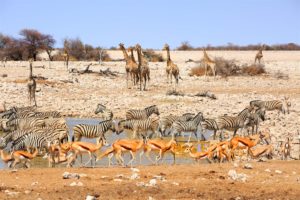
One of Africa’s greatest safari destinations, the 22 000-square kilometre wilderness of Etosha National Park is a top highlight for many travellers to Namibia …
Made up of grasslands and woodland savanna and dominated by a giant salt pan, Etosha is home to 114 species of mammals, including four of the Big Five and the world’s largest concentration of black rhino. A visit to Etosha during the dry months of June to October means you’ll be treated to some of the best wildlife viewing that you can have on the continent. The lack of rain forces animals to congregate around the waterholes spread out in the park, so seeing black rhino, herds of elephant, prides of lion, as well as herds of zebra, giraffe and springbok takes no more effort than parking next to a waterhole and waiting for the animals to arrive. The rainy summer months have their own appeal though: at this time of year, the vegetation is lush and green, and for keen birdwatchers there are the million flamingos that use Etosha as a breeding ground, and the host of migratory bird species that make the park their temporary home.
Sossusvlei

Namibia’s most visited attraction is one of the best places to experience the serene beauty of the Namib Desert: that quintessential landscape of undulating burned orange and apricot coloured dunes towering above the desert floor that you’ve seen on a thousand postcards and posters. Sossusvlei itself is a salt and clay pan encircled by sand dunes in central Namibia, but the name has now come to refer to the surrounding area, which includes other pans and dunes. Lying within the Namib-Naukluft National Park, Sossusvlei is the only point of call in the park for many travellers to Namibia, due to its ease of reach and accessibility even in a 2WD vehicle, and it offers a wonderful taste of the vast largely untouched wilderness. Despite being the most popular place for travellers in the whole country, the magic of Sossusvlei lies in just how remote and isolated you can feel, even on a busy day, when you’re on top of your own massive dune and all you can see is sand and sky as far as the horizon.
Damaraland
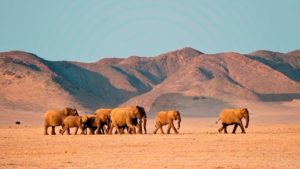
For travellers seeking untamed wilderness, some of Namibia’s best scenery, dramatic mountains, ancient rock art and off-the-beaten-track adventure with some thrilling wildlife sightings thrown in for good mix, Damaraland doesn’t disappoint.
Located southwest of Etosha, Damaraland may not be as easily accessible as other areas in Namibia – you’ll need to have a 4×4 to explore the region’s rough roads – but it offers a wilderness experience that you don’t find in many places in Africa anymore. As one of Namibia’s last unofficial wildlife areas, Damaraland is unfenced, so animals can move freely outside the confines of parks and reserves. Desert-adapted elephants, rhinos and lions roam these vast plains and rocky outcrops, and while tracking these animals can be tricky, getting to see them roaming free against startling desert backdrops is a far more exciting feeling than spotting game in a wildlife park. Animals aside, Damaraland is home to Namibia’s tallest peak – Brandberg – an imposing granite mountain that glows in the setting sun (giving rise to its name “fire mountain”). It’s not just for climbers though: the ancient rock art in the mountain ravines – thousands of paintings including the famous White Lady – is among the best preserved on the continent. Known as the “Matterhorn of Africa”, the granite peaks of Spitzkoppe loom above the sandy plains of Damaraland. Climbing to the top is a challenge even for experienced mountaineers, but there’s plenty of strikingly unusual rocky landscapes here for non-climbers to explore. Meanwhile, Damaraland’s major attraction is Twyfelfontein, where more than 2000 engravings – some thought to be over six millennia old – are etched into rock faces across the valley. Preserving Africa’s greatest concentration of rock art, Twyfelfontein gives you the chance to get a glimpse into the world of Stone Age hunter-gatherers.
Fish River Canyon
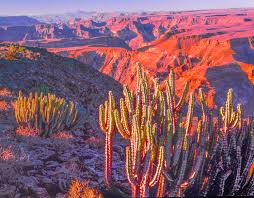
The fourth largest national park in the world, the Namib-Naukluft National Park is a 50 000 square kilometre wilderness in the Namib Desert: a place of shifting terracotta dunes, vast plains and shimmering savanna fringed in the east by the dramatic Naukluft Mountains.…
This is Africa’s largest conservation area and one of the best places on the planet for truly mind-blowing desert landscapes. Far from barren, the Namib Desert is home to a stunning array of plant and animal life, all of which have adapted to life under a harsh sun with very little water, from oryx, kudu, giraffe, springbok, black-backed jackals, African wild cats, aardvarks and leopards to more than 340 species of birds, many reptiles and some weird and wonderful plants, such as the strange-looking welwitschia, which can live for up to 2000 years.
Our favorite places in NAMIBIA
WATCH THE VIDEO
WHAT ARE YOU WAITING FOR?
Contact us if you’re ready to book your safari or to get additional information.

